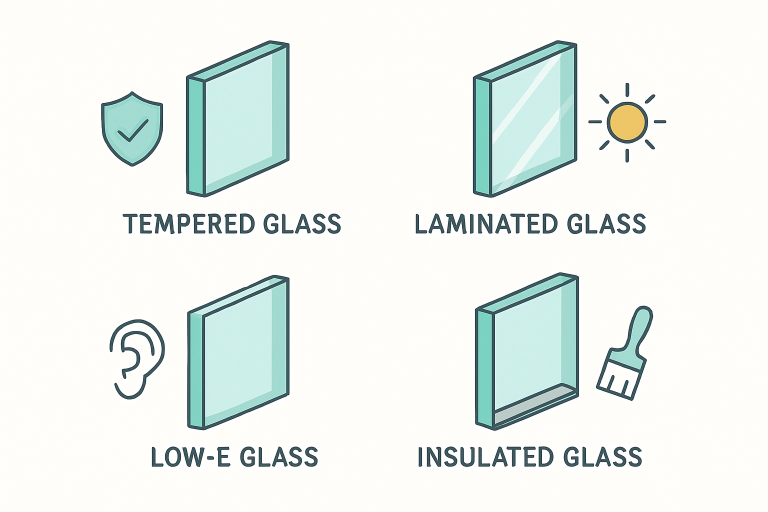Key Takeaways
- Regular pipeline inspection is crucial for maintaining infrastructure health and safety.
- Various techniques, including smoke testing, help identify leaks early and prevent severe damage.
- Preventive measures and timely repairs can save significant costs and environmental impact.
The Importance of Regular Pipeline Inspections
Ensuring the health of underground pipelines is vital for the safety and functionality of urban infrastructure. These systems are often out of sight and out of mind, but their failure can lead to disastrous consequences. Regular inspections can prevent catastrophic failures that result in expensive repairs and significant environmental hazards. One effective method that municipalities and businesses rely on is smoke testing. This technique allows for early detection of leaks, ensuring timely interventions and minimal disruption. Smoke testing can save communities from potential health hazards and financial burdens by locating leaks before they become more significant.
Common Pipeline Testing Methods
Several methods are employed to detect leaks and flaws in pipelines. Smoke testing is one method that stands out for its effectiveness and cost efficiency. It involves a simple yet powerful process that uses non-toxic smoke to reveal leaks. Consider viewing the EPA’s guide on smoke testing sewer systems to better understand smoke testing and its applications. This comprehensive resource explains how the smoke mimics the behavior of sewer gases or water under pressure and makes its way through the pipeline system to identify vulnerabilities. This technique is particularly valued in urban settings, where infrastructure density complicates the task of pinpointing leaks.
How Smoke Testing Works
So, what exactly is smoke testing? This technique involves injecting non-toxic smoke into the pipelines. If there’s a leak, the smoke will escape through cracks, crevices, or unsealed joints, making it visible above ground. This visibility allows for precise identification and location of leaks. Smoke testing is not only budget-friendly but also highly effective for municipalities and private businesses alike. The non-invasive process means that normal daily operations can continue without interruption, and the smoke used is safe for humans and animals, dispersing quickly after the test.
Other Techniques for Leak Detection
While smoke testing is widespread, other techniques like hydrostatic testing, ultrasonic testing, and infrared thermography are also commonly used. Hydrostatic testing consists of filling the pipeline with a liquid, typically water, to a specific pressure level and monitoring for any pressure decrease that could suggest a leak. This method can identify leaks that are often more time-consuming and costly and don’t need to be visible from the surface. Ultrasonic testing, on the other hand, uses high-frequency sound waves to detect anomalies in the pipeline structure. This method is non-invasive and can be used to test pipelines while they are in service. Infrared thermography utilizes thermal imaging to spot temperature irregularities that might indicate a leak. This method is beneficial in detecting leaks in gas pipelines where temperature differences can be minute yet detectable. Every technique comes with its benefits and is selected depending on the particular needs and circumstances of the pipeline network.
Preventive Measures and Maintenance
A consistent maintenance routine can prolong pipelines’ lifespan and decrease the chances of leaks. Regular inspections, timely repairs, and periodic upgrades to outdated infrastructure are crucial steps. Modern materials such as high-density polyethylene (HDPE) and polypropylene are more corrosion-resistant and wear and tear-resistant. Integrating these materials into new pipeline systems or during upgrades can significantly increase durability and reliability. Furthermore, smart technology and sensors can now monitor pipeline conditions in real time, providing constant data that can alert maintenance teams to potential issues before they become significant problems. Consistent documentation and record-keeping of inspections and repairs are also vital, ensuring that maintenance activities are well-planned and not reactive.
Environmental and Economic Benefits
Preventing leaks not only avoids significant repair expenses but also minimizes environmental damage. A well-maintained pipeline system ensures that potential pollutants do not escape into the surrounding environment, thus safeguarding public health and local ecosystems. Leaks have the potential to cause pollution in both soil and water, requiring extensive time and resources for cleanup. Economically, it reduces the risk of costly emergency repairs and service disruptions, ultimately saving time and resources. Additionally, maintaining an efficient pipeline system can lead to better resource management and reduced wastage, resulting in further economic benefits. In the long run, investing in regular pipeline maintenance is far less expensive than dealing with the consequences of significant leakages.
Conclusion: Stay Proactive with Pipeline Maintenance
Regular inspection and maintenance of pipelines are integral to ensuring their longevity and functionality. Employing various testing methods, such as smoke testing, and staying proactive in making necessary repairs can significantly reduce the risk of leaks and their associated costs. Municipalities and businesses can maintain their infrastructure’s integrity by prioritizing these practices and contributing to a safer environment. Proactive measures in pipeline maintenance protect financial and material resources and uphold community health and environmental standards, creating a more sustainable future for everyone.




